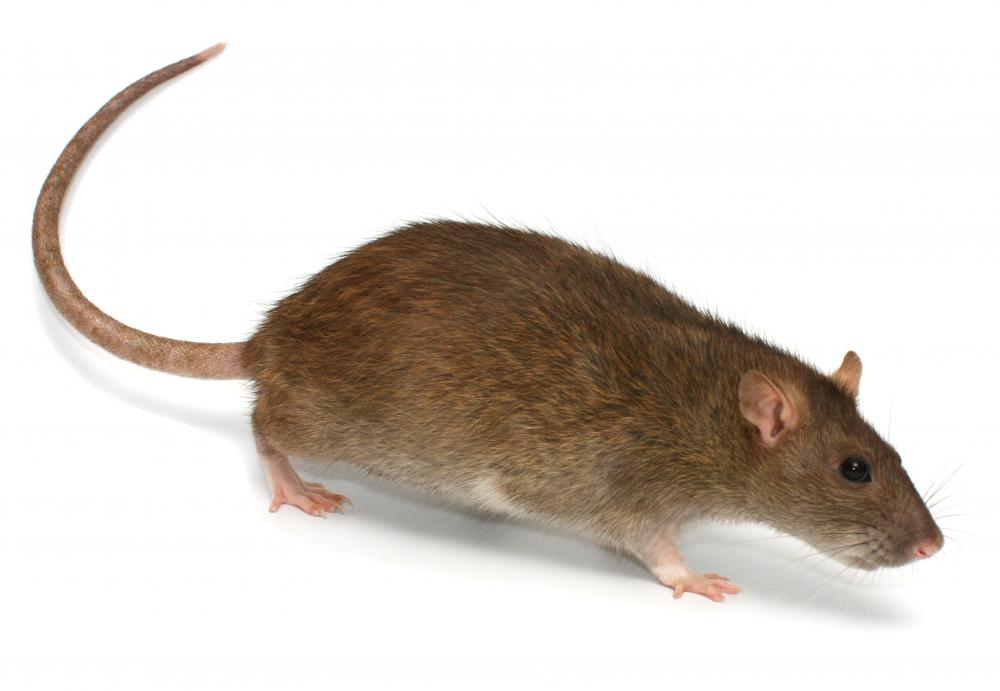At HomeQuestionsAnswered, we're committed to delivering accurate, trustworthy information. Our expert-authored content is rigorously fact-checked and sourced from credible authorities. Discover how we uphold the highest standards in providing you with reliable knowledge.
What are the Different Types of Pest Trap?
There is a pest trap to catch or kill nearly every possible pest that can invade one's home or garden. For each pest there are often a number of different traps to choose from. There are traps for indoor pests, such as rodents and insects, and traps for outdoor pests such as moles, squirrels, birds, rabbits, and groundhogs. A pest trap uses bait to attract the insect or animal.
To capture rodents in the home, both kill and no-kill styles of traps are available. A spring-loaded trap will snap shut on a mouse and kill it, and an electronic pest trap will electrocute the rodent. The glue trap will capture the mouse or young rat with a sticky surface from which the rodent won’t be able to escape. Glue traps are also effective in catching insects, spiders, scorpions, and snakes. Spring-loaded traps and electronic pest traps are reusable, but glue traps are only used once and then thrown away.

Multiple-catch mouse traps are an economical form of indoor pest control. Some models can catch and contain as many as 30 mice at once. These traps don’t kill rodents, and are a good choice for those who prefer to capture and release animals. They are reusable and can also capture other small pests such as shrews, snakes, and voles.
Chemical traps, visual traps, and sticky traps are the types of pest traps used to catch insects. The chemical traps often use pheromones as bait. A pheromone is the chemical that females use to attract a male, so a pheromone trap will only catch the males of the insect species targeted by the trap.

Visual traps lure insects by using light. A visual pest trap can be a box that the insect cannot get out of once it goes inside. Other visual traps incorporate a sticky trap placed by a light. The light attracts the insects which then get stuck on the sticky trap. Glue traps and flypaper are two common types of sticky traps.
Traps to capture outdoor animal pests can either be kill traps or humane traps. One big disadvantage of kill traps is that they can kill pets and other non-pest animals in addition to the animal that is being targeted. Humane traps are made of wood or metal. Metal traps are often recommended because many animals are able to chew through wood. Humane traps usually have a door at one end and a trip mechanism inside that slams the door shut once the animal is safely inside.
AS FEATURED ON:
AS FEATURED ON:



















Discussion Comments
The Samurai Insect Trapper is really a very good product -- simple and effective. It's easy to use and the glue is good, and lasts a long time. Place these traps along walls and in corners where you know insects travel, and sooner or later you'll find some stuck to the glue.
Post your comments